
The author discusses what linear compensators are, what they do, if you should get one and the 7 best models to consider.
In a nutshell, linear compensators differ from traditional compensators by directing gases forward rather than radially. Like any muzzle device, linear compensators have a place and purpose, but there is also a great deal of myth, lore and misleading marketing that surrounds them.
With that in mind, we’ll be going over exactly what a linear compensator does, how well one would suit your needs and finally the best models to buy.
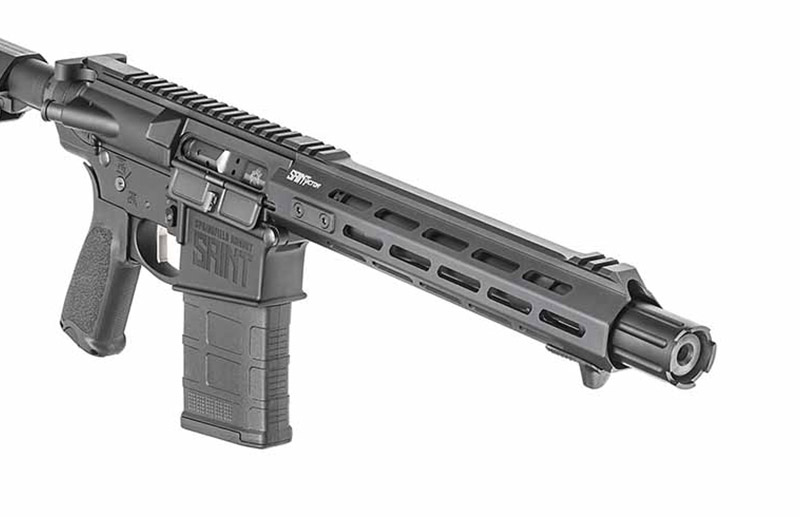
What Does A Linear Compensator Do?
Compensators direct gases in a specific direction to achieve a beneficial effect. Typical compensators direct gas upwards and/or to the sides of the muzzle, keeping it from rising or listing laterally under recoil.
This lets the shooter get back on target sooner and therefore get faster split times.
Linear compensators, however, direct those gases forward in a straight line to the target. Precisely how depends on the design of the individual device, but the gist is that the gas chamber(s) of the muzzle device direct the gas in the barrel in the same direction as the projectile.
Rather than attempting to mitigate muzzle rise or recoil impulse, linear compensators are designed to force all muzzle blast and gas exhaust forward of the muzzle. The goal of this has nothing to do with split times and is instead focused on minimizing the potentially disorienting effects of excessive muzzle blast.
Despite this, there are some misconceptions about linear comps. Some swear that they reduce felt recoil, but even if true, the effects would still pale in comparison to a muzzle device designed specifically for recoil reduction.
Others think that they decrease sound or act as some sort of ersatz suppressor, but online testing has revealed that to not really be true. When measured at the shooter’s ear, the best result was on a 9mm PCC that saw a reduction of about 7 to 9 dB. Most other calibers and platforms were only reduced by less than 5 dB, and usually only by 1 or 2. This shows that the efficacy of linear compensators does vary somewhat between calibers and platforms, but none of them make a gun quiet enough for it to really be noticeable. Additionally, linear comps cannot be expressly designed to reduce noise as that would legally classify them as silencers. Any attenuation they sometimes provide is therefore more of a happy accident.
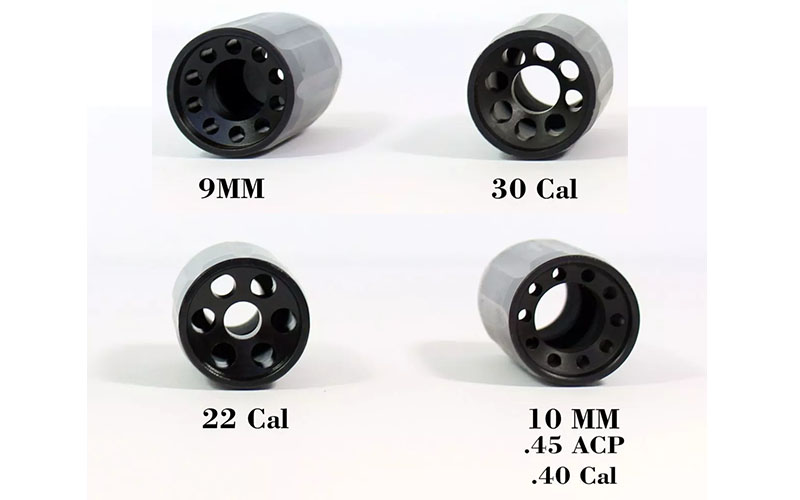
This means that linear compensators are not ideal for home defense setups, despite what some have been led to believe. Any noise over 130 dB indoors is going to be traumatic, so if sound reduction is your goal, you’re still going to need a real suppressor.
So, if they don’t mitigate recoil, and they only minimally hush up the gun, what are linear compensators actually good for?
When You Want To Use A Linear Compensator
What a linear compensator will excel at is directing muzzle blast and concussion almost exclusively downrange.
That makes them beneficial if you're trying to keep anything or anyone to your side from getting concussed by your muzzle blast. Whether you’re just plinking at the range, competing in a rifle match or doing CQB training, this can be extremely useful and courteous to anyone to your left or right. This is doubly true for rifles with short barrels which are notorious for having excessive muzzle blast. For most gun owners and shooters, the range is going to be the best use case, and it is in that role that they absolutely shine.
That said, they're also good accessories for a light machine gun if you happen to have one. After all, that's really what the cone devices on MG-42s and Brens are!
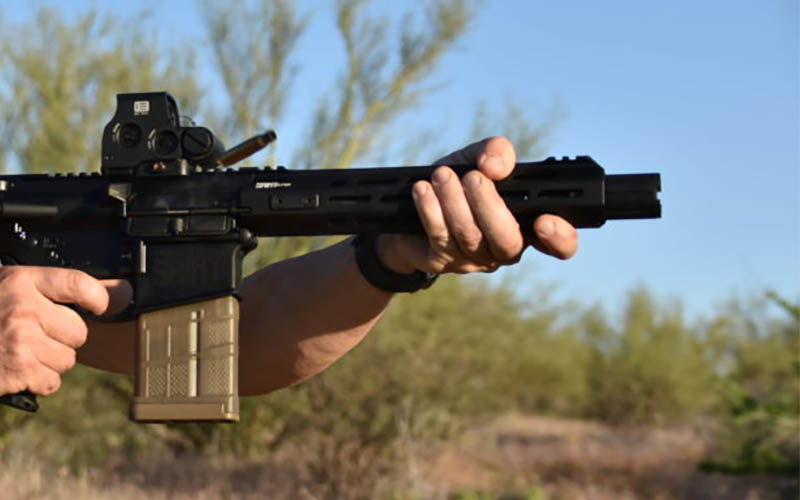
Types Of Linear Compensators
There's not much to know about the design features, as the differences between many models are almost entirely aesthetic.
Simply put, they’re metal shrouds that attach to the end of a barrel. Muzzle devices of this general design have been in use for almost a century and haven't changed much.
However, there are some design features to watch for depending on your intended application.
Some linear compensators are shrouds intended to work with other muzzle devices, such as sliding over a muzzle brake or compensator to convert it into a linear comp. This may be handy if you want to switch to a brake or traditional compensator or remove the linear comp to attach a suppressor.
Some are designed to fit inside the handguard of an AR, in case you want to enclose as much of the barrel as possible.
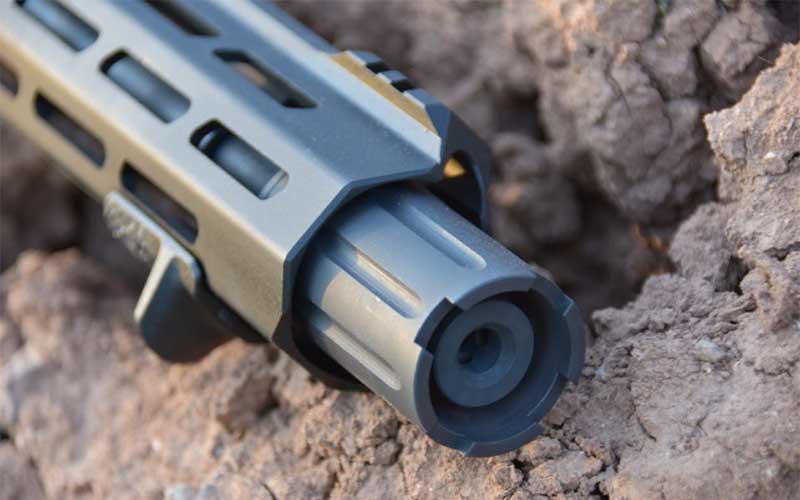
Some are also bigger than others, which means even more of the muzzle blast is directed downrange. This may be desirable for a gun that has a lot of flash and concussion.
Aside from that, look for sturdy materials, caliber compatibility and whether it fits your thread pitch.
So, what would be some good picks for a linear compensator? Here are some excellent examples that would be worth looking into.
The 7 Best Linear Compensators
Kaw Valley Precision Linear Comp
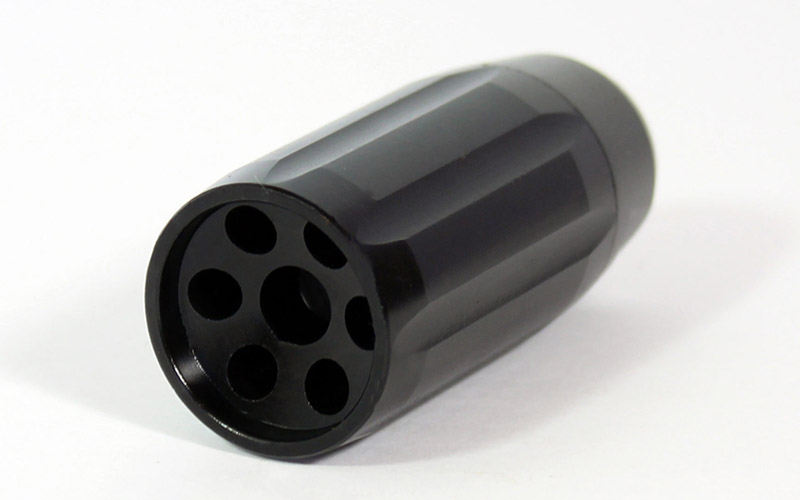
The Kaw Valley Precision Linear Comp is one of the most popular examples on the market, is available in multiple calibers and thread pitches (from .223 to .450 Bushmaster/.458 SOCOM and PCCs from 9mm to .45 ACP), fits a lot of different applications (including under most handguards) and is very affordable.
Frankly, unless you have a very specific need that it doesn't satisfy, this is the no-brainer linear comp to get. MSRP is $54.95 for the basic 2-inch model.
Griffin Armament Taper Mount Linear Compensator
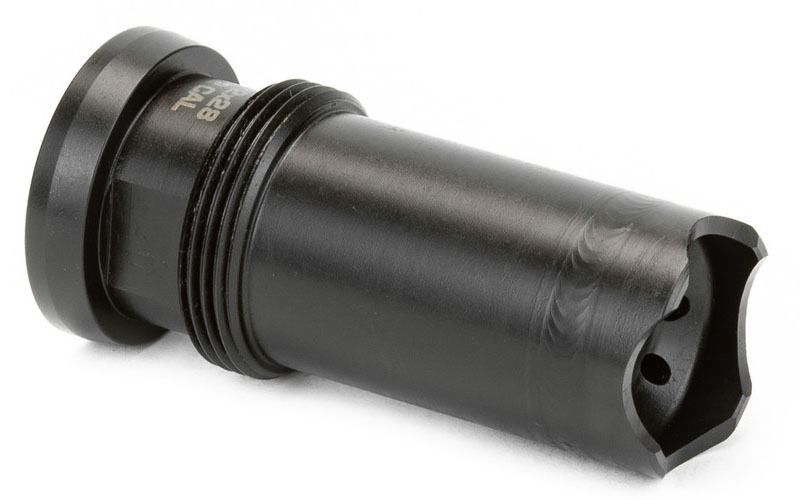
Griffin Armament manufactures several rifle accessories including suppressors and muzzle devices. The Taper Mount Linear Compensator fits into their product architecture as a linear comp, but with external threads for mounting select Griffin Armament Taper Mount suppressors.
It's offered in 1/2×28 for 5.56/.223 and 5/8×24 thread pitches for 6.5mm and 7.62mm calibers. A pinhole is included for pinning and welding, and a thread protector is available from them in case you want one. MSRP is $104.95, but they can be found a little cheaper through some retailers.
TacFire Linear Compensator

If you wanted a no-frills linear comp that's as budget-friendly as can be, the TacFire Linear Compensator is your best bet. A similar design to the Kaw Valley Linear Compensator, it's available in multiple calibers and a few different finishes, easily slim enough to fit under most handguards.
They can be found for as little as $20 if you catch them on sale.
SureFire Warden Blast Regulator
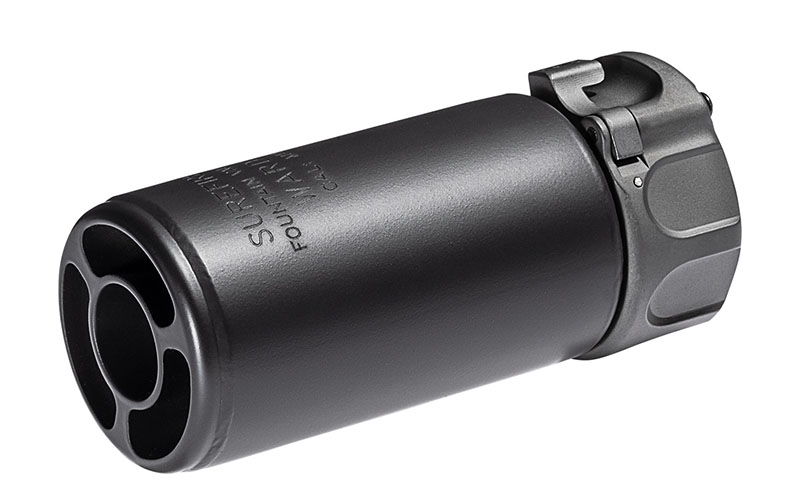
The SureFire Warden Blast Regulator is a slip-on blast can/linear compensator that works with any SureFire SOCOM muzzle device. It slides on and locks in place, with a release button to take it off if you want and shoot without it or install a SureFire SOCOM suppressor.
It does require buying into SureFire's muzzle device system, but it also provides a lot of versatility as long as you want to use the company’s suppressors too. MSRP for the Warden is $250.
CMMG Zeroed Linear Compensator
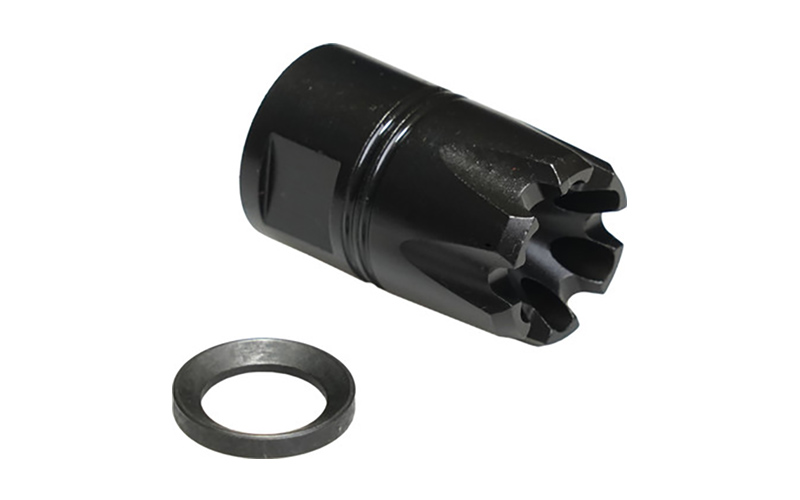
If you want simple and low-profile, the CMMG Zeroed Linear Compensator is just that. It's small, but it works. Caliber options include 7.62, 5.56, 9mm and .45 ACP, but all models are only about 1.5 inches long. Simple, slim and sinister.
MSRP is $75, but it can often be found for a bit less.
Lantac Stingray Non Linear Compensator
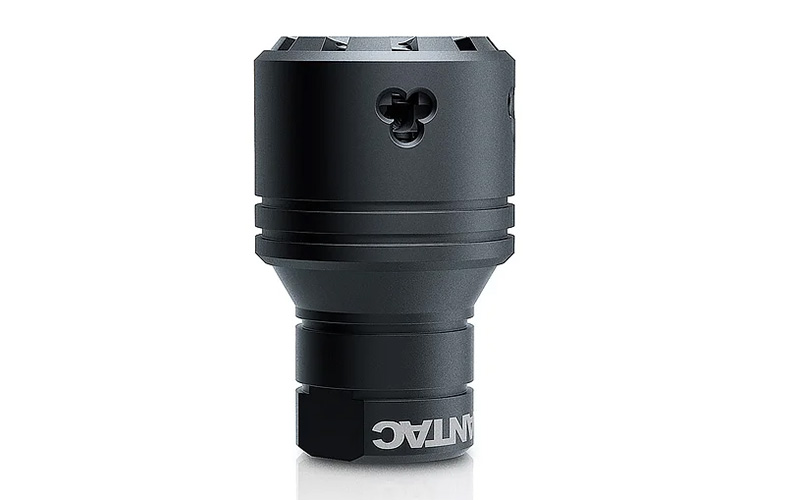
The Lantac Stingray is a little different as it uses an advanced gas flow design to function as both a blow-forward brake and compensator. The Stingray does this by using threaded channels and vent ports that vent some gas upward as well as forward. This allows it to act as a brake as well as a linear compensator.
The only drawbacks are the lack of additional thread pitch and caliber options (1/2×28 and 5.56mm only) and the cost given its MSRP of $185.
KAK Industries Flash Can
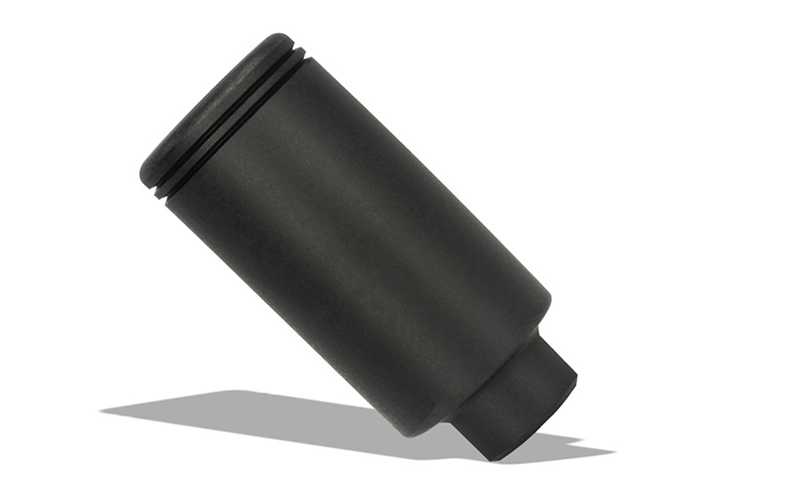
The other slam-dunk, no-brainer option in linear compensators is the KAK Industry Flash Can, a no-nonsense linear comp/blow-forward device. It's offered in multiple lengths and styles (long, short, micro, fluted and not, slim and not) and various thread pitches/calibers.
They're simple, easy to install, durable and very affordable, with MSRPs starting under $30 for some models. The most you'll spend is $40.
More On Muzzle Devices:
- Best Compensator Buyer's Guide
- Best Flash Hider Buyer's Guide
- How To: Choosing A Flash Suppressor, Muzzle Brake And Compensator
- Muzzle Brakes VS Flash Hiders
- First Look: HIPERCOMP Compensators

Next Step: Get your FREE Printable Target Pack
Enhance your shooting precision with our 62 MOA Targets, perfect for rifles and handguns. Crafted in collaboration with Storm Tactical for accuracy and versatility.
Subscribe to the Gun Digest email newsletter and get your downloadable target pack sent straight to your inbox. Stay updated with the latest firearms info in the industry.

![Best Concealed Carry Guns In 2025 [Field Tested] Wilson Combat EDC X9S 1](https://gundigest.com/wp-content/uploads/Wilson-Combat-EDC-X9S-1-324x160.jpg)


![Best 9mm Carbine: Affordable PCCs [Tested] Ruger Carbine Shooting](https://gundigest.com/wp-content/uploads/Ruger-Carbine-Shooting-100x70.jpg)
![Best AR-15: Top Options Available Today [Field Tested] Harrington and Richardson PSA XM177E2 feature](https://gundigest.com/wp-content/uploads/Harrington-and-Richardson-PSA-XM177E2-feature-100x70.jpg)
